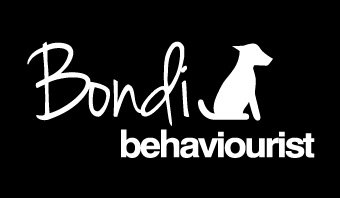What is more important than using treats when training your dog?
The Power of Spatial Awareness and Leash Handling in Dog Training
When it comes to training your dog, treats can be a helpful tool, but they are not the most crucial factors in shaping your dog’s behaviour.
There are two things that if you focus on more than anything else will make you a better trainer and handler
1. Spatial Awareness: Understanding Your Environment and Dog’s Position
Being aware of your environment and your dog’s position within it is essential. Understanding how the environment influences your dog’s behaviour can make all the difference in managing their responses.
Key Tips for Spatial Awareness:
Observe the surroundings: Be aware of distraction, other dogs, people and what direction they’re going in relation to your dog.
Monitor your dog’s position: Ensure your dog is in a spot that aligns with the current environment’s demands. Once you have an idea of the environment around you and your dog, have a think about how your dog feels where they are and where could you put them to help them feel comfortable? Has your dog got space to create space if they want to or are they going to feel enclosed and pressured?
Anticipate reactions: Recognize potential triggers and guide your dog proactively. If you can relieve spacial pressure you will proactively reduce unwanted behaviours while also ensuring your dog has a more positive emotional experience. Reducing reactivity and other unwanted behaviours for similar future scenarios. You’ll also earn a ton of trust from your dog too, increasing how responsive they are to you in the future.
By viewing the environment through your dog’s perspective, you can better predict and manage their behaviour.
2. Leash Handling: Effective Communication Through the Leash
Leash handling is closely tied to spatial awareness. The leash serves as a communication tool that helps you guide your dog’s movement and positioning.
Tips for Effective Leash Handling:
Maintain a relaxed grip: Avoid tension on the leash unless necessary for guidance. You want the leash to be a safety net, to catch them when they drift to the wrong place but not a restraining device. Prolonged pressure on the leash can increase frustration and cause a feeling of entrapment.
Use gentle cues: Communicate direction and positioning with subtle leash movements. We don’t ever want the leash to cause pain or discomfort. It’s there to support them not correct them.
Stay connected: Keep your dog within a comfortable distance to maintain control and communication. You want to have your dog on your mind while they’re with you because they matter and they’ll quickly know if you’ve switched off and they get compromised.
Proper leash handling ensures your dog remains in the right position relative to their environment, fostering better behaviour.
Why These Elements Matter
Before focusing on commands or even treat-based rewards, it’s crucial to understand how the environment impacts your dog and how you can communicate effectively through spatial awareness and leash handling. This foundational framework helps set the stage for successful training outcomes.
Conclusion
If you want to see significant improvements in your dog’s behaviour, start by mastering spatial awareness and leash handling. These elements provide the framework for clear communication and better behavioural responses.
For dog owners in Sydney seeking expert guidance, professional training programs can help refine these skills, whether you’re dealing with reactive dog training, puppy training, or general leash manners.

